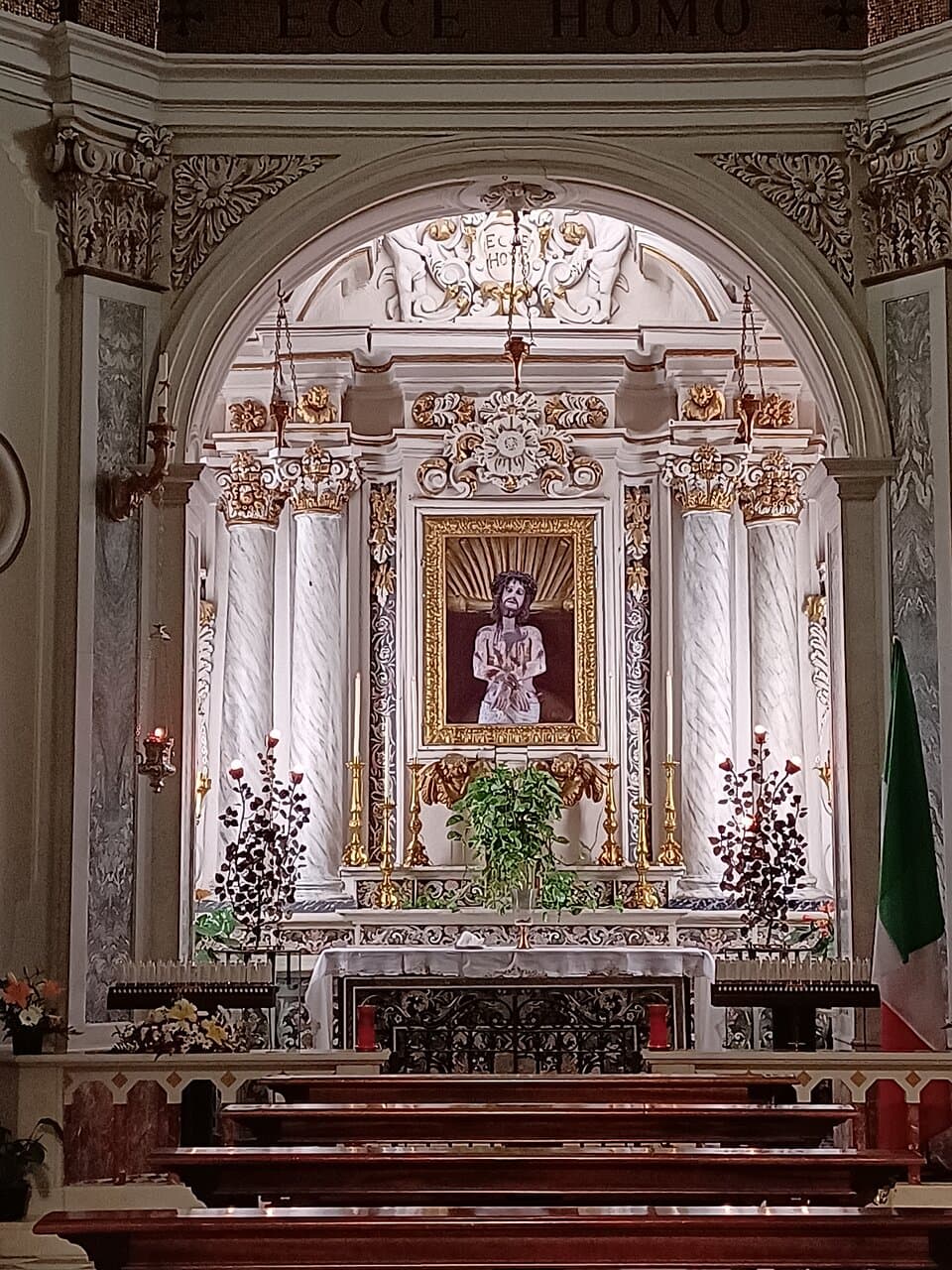
Convento del Santo Ecce Homo Villa de Leyva
A serene 17th-century Dominican monastery near Villa de Leyva, offering historical insights, peaceful gardens, and unique fossil discoveries.
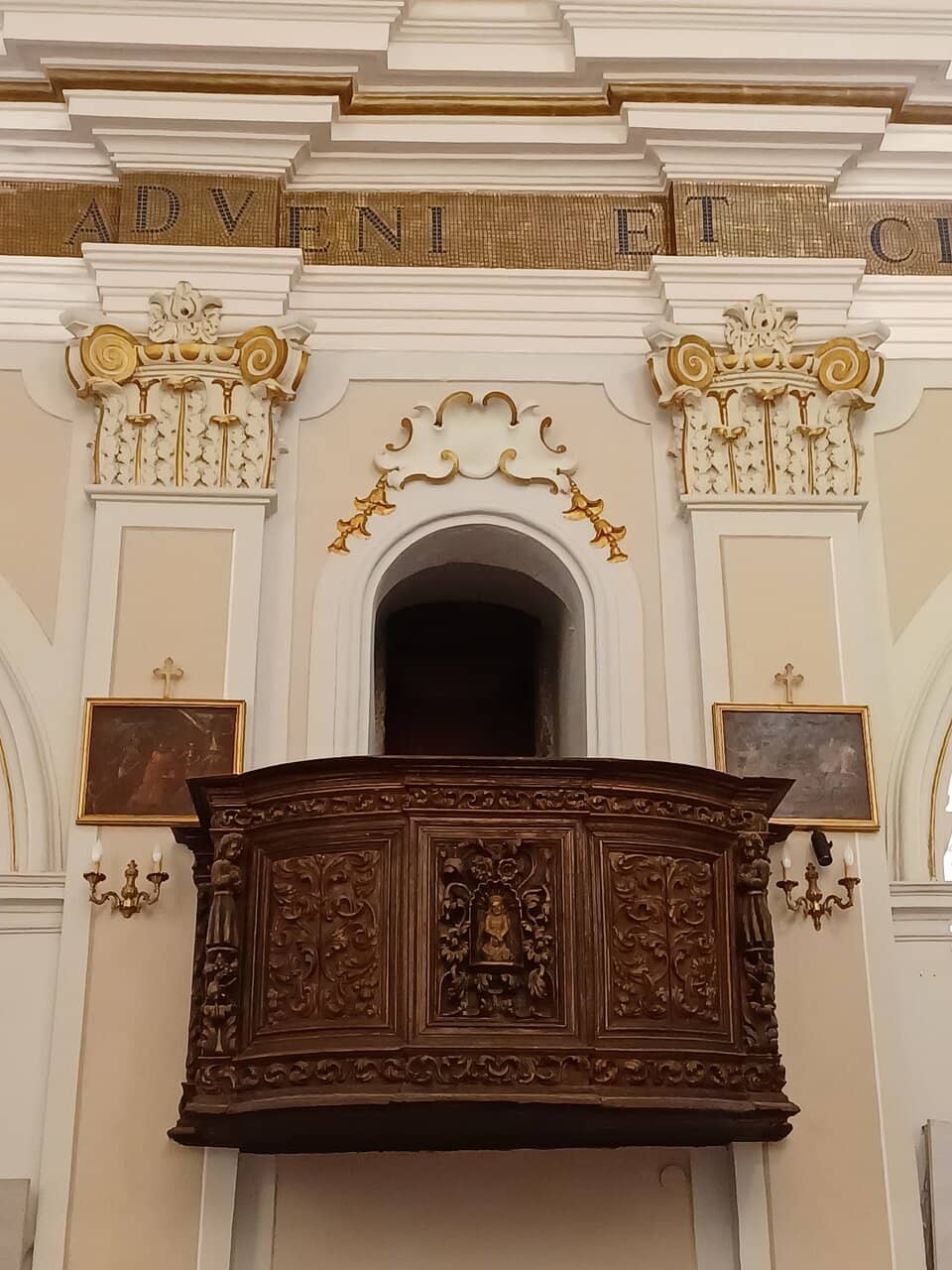
Highlights
Must-see attractions

Social
From TikTok & Reddit
Best Time
Fewer crowds, peaceful atmosphere

Convento del Santo Ecce Homo Villa de Leyva
Best Time
Fewer crowds, peaceful atmosphere

Highlights
Must-see attractions
A serene 17th-century Dominican monastery near Villa de Leyva, offering historical insights, peaceful gardens, and unique fossil discoveries.
"A remarkable place to reflect on history and find tranquility amidst beautiful colonial architecture."
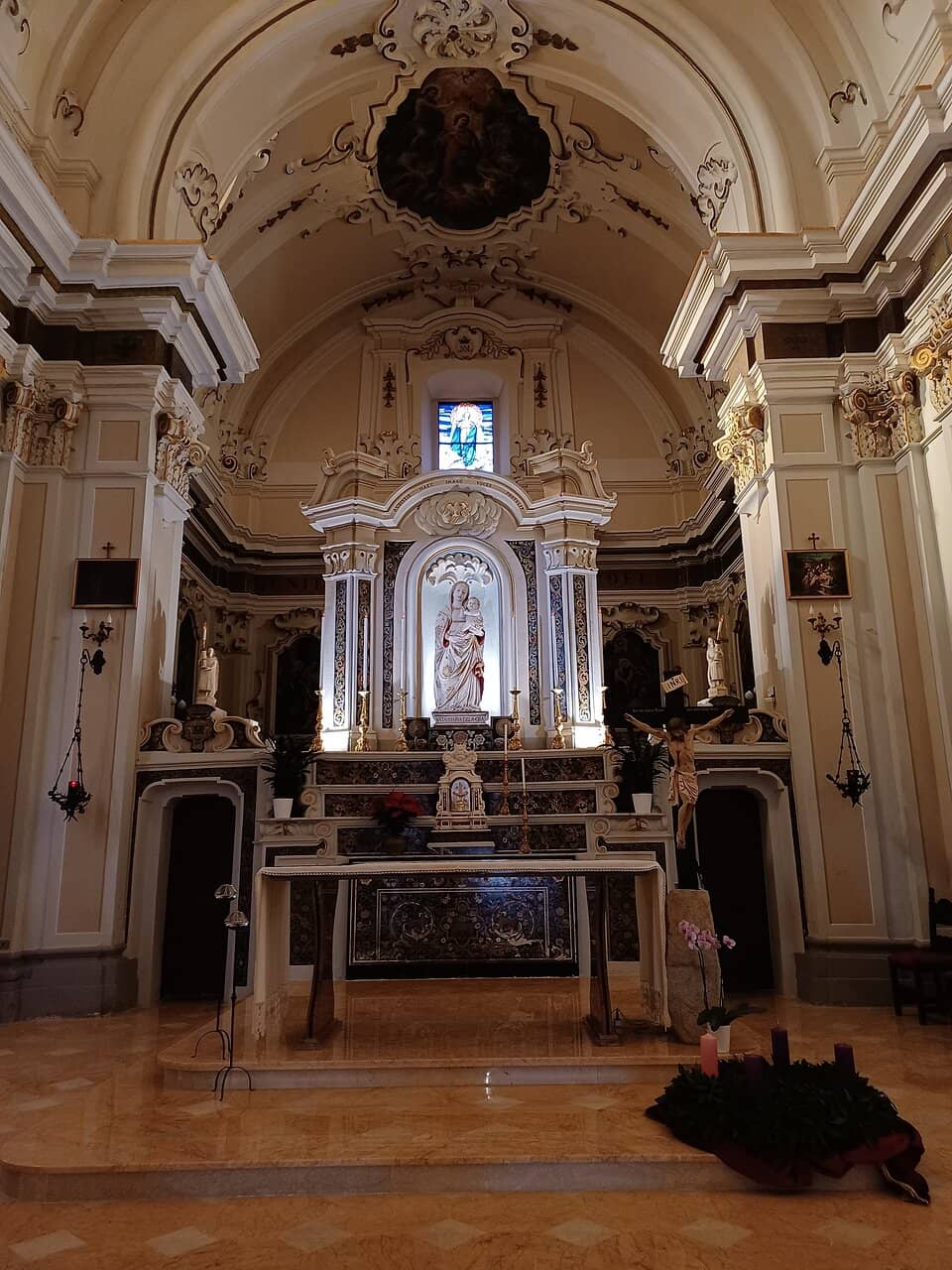
🚶♀️ Bike Ride Adventure
Biking from Villa de Leyva is scenic but uphill. Consider it if you enjoy a challenge! :athletic_shoe:
🤫 Seek Tranquility
This is a peaceful place for reflection. Enjoy the quiet ambiance and historical significance. :pray:
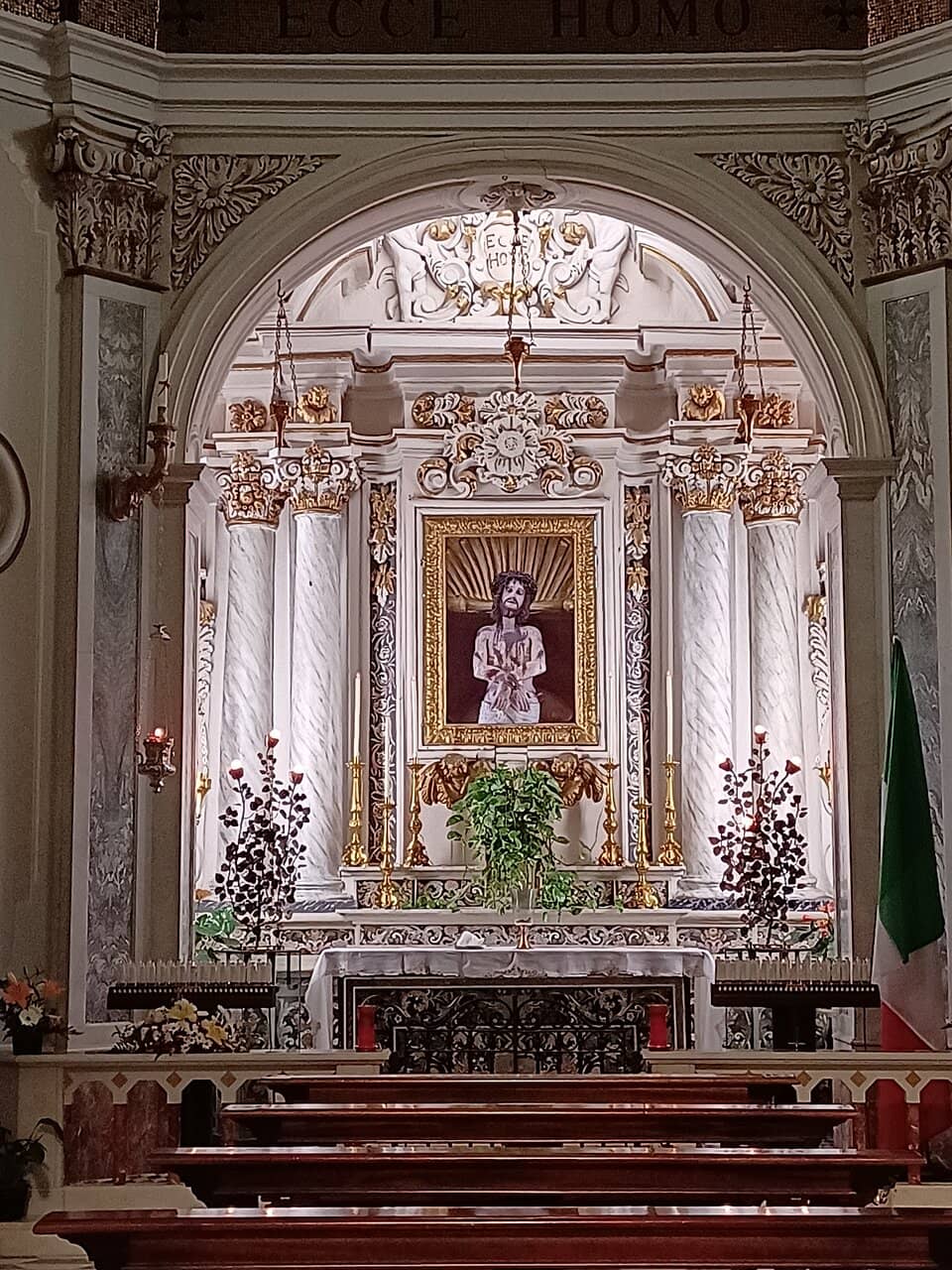
Highlights
Discover the most iconic attractions and experiences
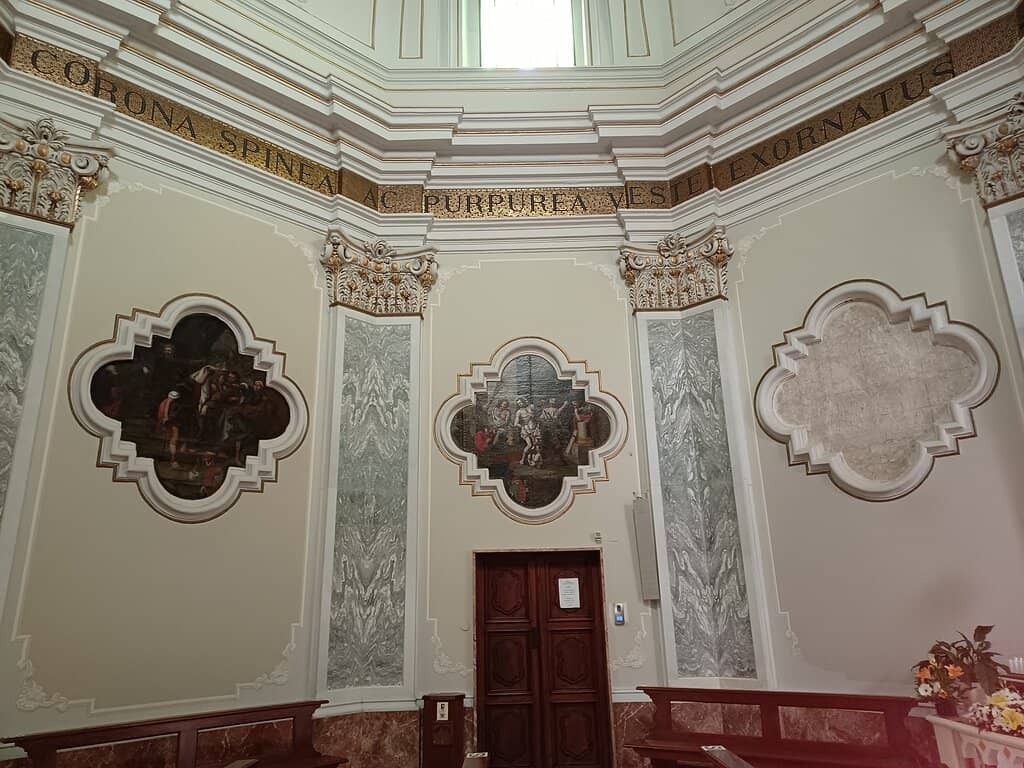
The Church and Gilded Altar
Main Church
Marvel at the single-nave church with its intricate wooden roof and a magnificent gilded altar featuring the Ecce Homo.

Cloistered Courtyard
Central Courtyard
Wander through the peaceful courtyard, surrounded by beautiful arcades and columns, a perfect spot for quiet reflection.
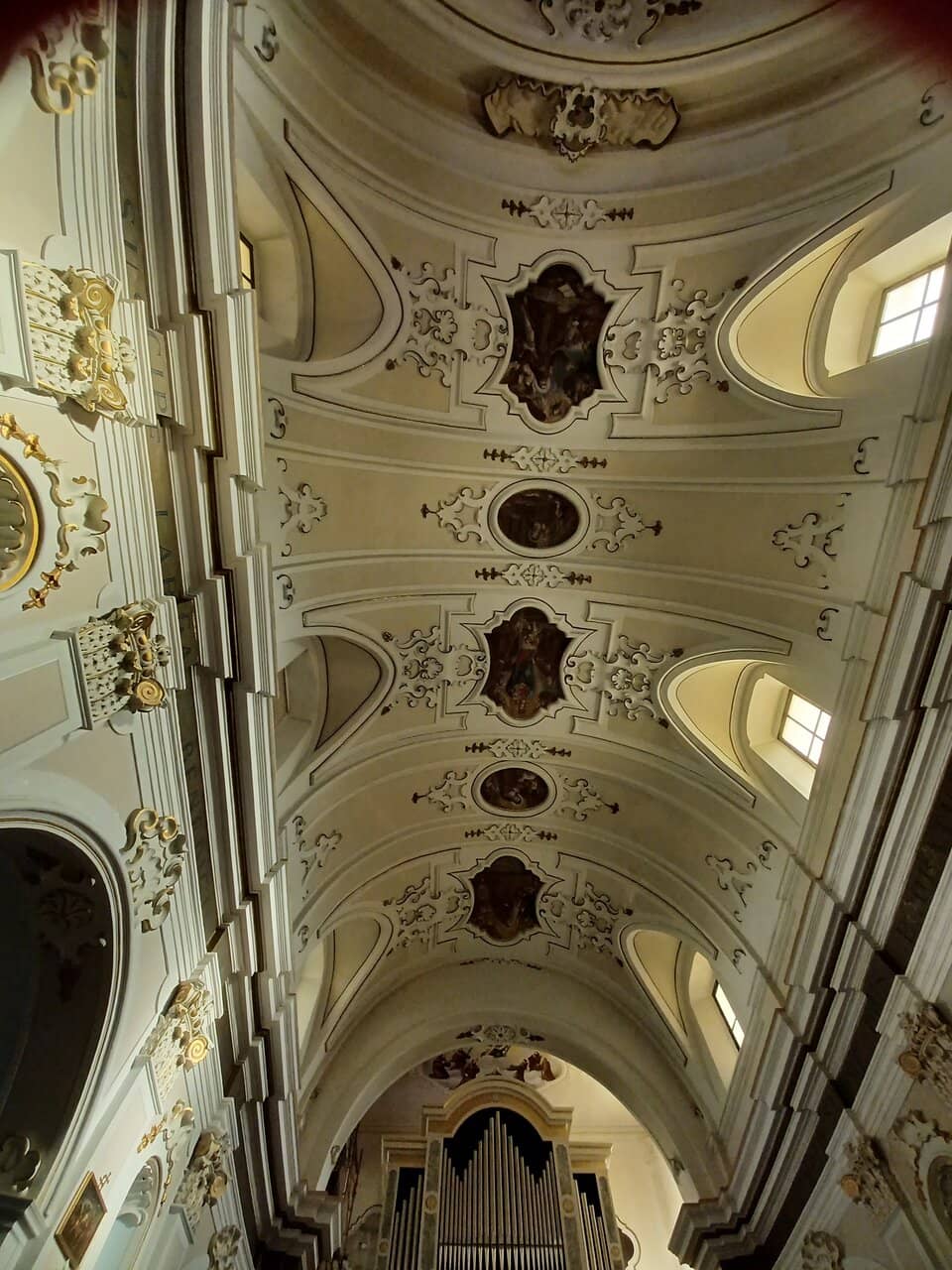
Historic Architecture
Throughout the Convent
Explore the well-preserved 17th-century Dominican monastery, a national heritage site showcasing colonial and religious history.
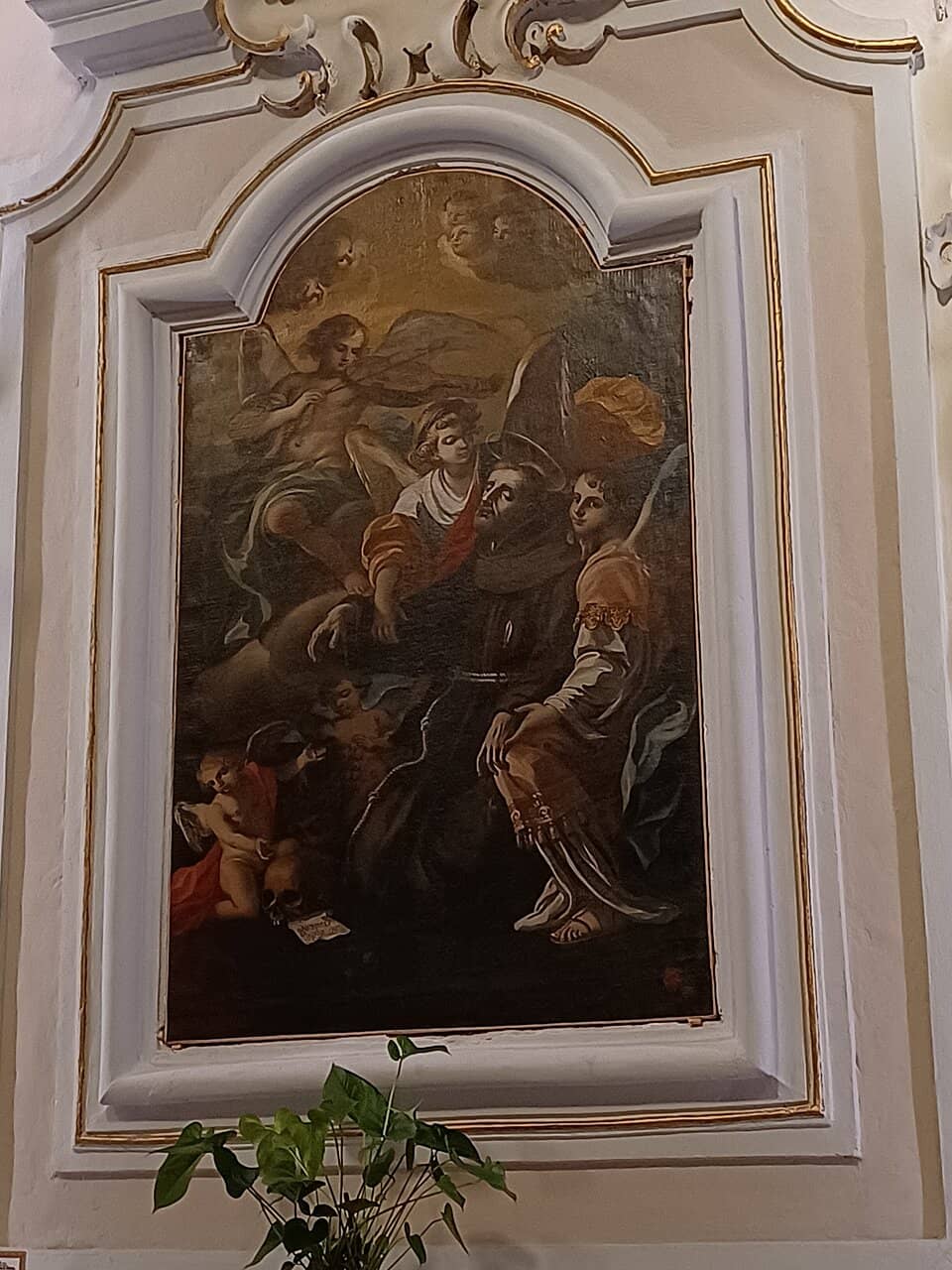
Integrated Fossils
Buildings and Gardens
Discover interesting fossils embedded within the convent's structures and gardens, adding a unique historical layer.
Plans like a pro.
Thinks like you
Planning Your Visit
Timing Your Visit
Getting There & Around
Best Times
Insider Tips
from TikTok, Instagram & Reddit
🚶♀️ Bike Ride Adventure
Biking from Villa de Leyva is scenic but uphill. Consider it if you enjoy a challenge! :athletic_shoe:
🤫 Seek Tranquility
This is a peaceful place for reflection. Enjoy the quiet ambiance and historical significance. :pray:
📜 Learn the History
Dive into Colombia's colonial and religious past. The convent is a national heritage site. :books:
📸 Fossil Finds
Keep an eye out for interesting fossils integrated into the architecture and gardens. :camerawithflash:
Tips
from all over the internet
🚶♀️ Bike Ride Adventure
Biking from Villa de Leyva is scenic but uphill. Consider it if you enjoy a challenge! :athletic_shoe:
🤫 Seek Tranquility
This is a peaceful place for reflection. Enjoy the quiet ambiance and historical significance. :pray:
📜 Learn the History
Dive into Colombia's colonial and religious past. The convent is a national heritage site. :books:
📸 Fossil Finds
Keep an eye out for interesting fossils integrated into the architecture and gardens. :camerawithflash:
🚗 Easy Access
Taxis or local transport are recommended for easier access from Villa de Leyva. :taxi:
What Travellers Say
Reviews Summary
Visitors praise the Convento del Santo Ecce Homo for its peaceful ambiance, beautiful landscaping, and historical significance as a 17th-century Dominican monastery. Many appreciate the well-preserved architecture, including the church and cloister, and the unique integration of fossils. It's considered a restful place for reflection and a valuable site for understanding Colombia's colonial and religious history.
"This is a very peaceful and beautiful place with wonderful landscaping and gardens. It is a historic Dominican monastery located about 13–15 km from Villa de Leyva in founded in 1620. It served as a retirement home for elderly friars. The complex includes a church, cloister, and cemetery, all organized around a central courtyard with beautiful arcades and columns. The church has a single nave, a wooden roof with intricate millwork, and a magnificent gilded altar featuring an image of Ecce Homo. The convent is a national heritage site, reflecting Colombia’s colonial and religious history."
Ross Daniels
"Such a remarkable place to reflect on the manslaughter commies by the church in Colombia. It’s a religious community that “brought “ knowledge and education to the country but at what caused? It’s a great place to study history."
Maylin Elisa Cardenas (amateurdancer)
"Great place if you like history or religion.
The convent is in pristine condition. A must go if you visit VDL"
camilo romero
What People Like
What People Dislike
Frequently Asked Questions
🚇 🗺️ Getting There
The convent is located about 13-15 km from Villa de Leyva. You can bike there, but be prepared for an uphill journey. Taxis or local buses are more convenient options for reaching the site.
Transportation options might be limited once you're at the convent, so it's advisable to arrange your return trip in advance or confirm availability with local drivers.
The convent is approximately 13 to 15 kilometers away from Villa de Leyva.
While possible, walking the 13-15 km distance is a significant undertaking. Biking is also an option but involves uphill climbs.
Some tour operators in Villa de Leyva may offer excursions that include the Convento del Santo Ecce Homo as part of a broader itinerary. It's worth checking with local tour agencies.
🎫 🎫 Tickets & Entry
Information regarding ticket prices and entry fees is not widely available, but it's generally considered a historical site that may have a small admission fee or donation request.
Specific opening hours can vary. It's best to check locally or inquire beforehand, especially if planning a visit on a public holiday.
While not always explicitly stated, historical sites like this often have a nominal entrance fee or suggest a donation to help with upkeep.
Yes, you can visit on weekends, but expect more visitors compared to weekdays. Weekday visits offer a more tranquil experience.
The historical nature of the convent might present some accessibility challenges. It's advisable to contact the site directly for specific information on accessibility.
🎫 🏛️ Onsite Experience
You can explore the historic church with its gilded altar, the peaceful cloistered courtyard, and admire the colonial architecture. Look for the unique fossils integrated into the buildings and gardens.
Yes, the architecture, gardens, and historical ambiance make it a great spot for photography, especially during the golden hours.
Founded in 1620, it's a 17th-century Dominican monastery and a national heritage site, reflecting Colombia's colonial and religious history. It also served as a retirement home for elderly friars.
The integration of fossils into the buildings and gardens is a unique aspect. The well-preserved colonial architecture and the gilded altar are also notable.
It can get crowded on weekends and during special events. Weekdays offer a much more peaceful and less crowded experience.
📸 📸 Photography Tips
Early mornings or late afternoons offer the best light for photography, creating a beautiful ambiance for capturing the architecture and gardens.
Drone usage is typically restricted at historical and religious sites. It's best to check with the site management for their specific drone policy.
The cloistered courtyard with its arcades and columns, the church's gilded altar, and the exterior architecture are particularly photogenic.
Photography rules inside religious buildings can vary. Be respectful of any posted signs or requests from staff regarding photography inside the church.
General respect for the religious and historical nature of the site is expected. Avoid intrusive photography, especially during services or quiet contemplation.
For Different Travelers
Tailored advice for your travel style
👨👩👧 Families with Kids
Consider framing the visit as a journey back in time to learn about old monasteries and the people who lived there. The architecture itself, with its arcades and courtyards, can spark imagination. However, it's important to manage expectations, as it's a quiet, reflective site rather than an amusement park. Visiting on a weekday will help avoid overwhelming crowds, making it more manageable with children.
🚶♀️ History & Culture Enthusiasts
The integration of fossils within the structures adds an extra layer of intrigue, providing a unique perspective on the region's natural history alongside its human history. This site is an excellent opportunity to learn about the role of religious orders in shaping Colombian society and culture.
Deep Dives
In-depth insights and expert knowledge
A Glimpse into History
Visitors can explore the church, characterized by its single nave and intricate wooden roof with detailed millwork. The magnificent gilded altar, featuring an image of Ecce Homo, is a focal point of religious and artistic significance. The convent's layout, organized around a central courtyard, includes a cloister with beautiful arcades and columns, offering a serene space for contemplation.
One of the most intriguing aspects of the convent is the presence of fossils integrated into the buildings and gardens. These natural elements add a unique layer to the historical narrative, hinting at the geological past of the region. Exploring these details provides a deeper appreciation for the site's multifaceted history and its connection to the natural world.
Experiencing the Tranquility
This sense of calm is a significant draw for those seeking a spiritual or meditative experience. The historical context of the convent, once a sanctuary for friars, contributes to its serene ambiance. Whether you're interested in history, religion, or simply a moment of peace, the convent offers a unique opportunity to disconnect and recharge.
To fully appreciate the tranquility, it's recommended to visit during weekday mornings or late afternoons when crowds are minimal. This allows for a more immersive experience, where you can truly soak in the quietude and historical significance of this special place.

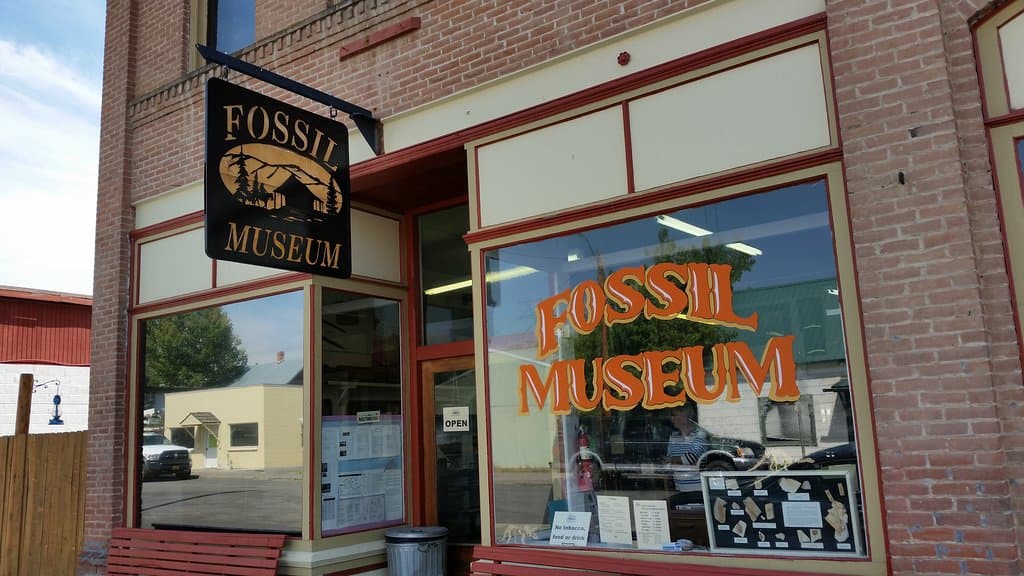
Social
from TikTok, Instagram & Reddit